How to Set Up a WordPress Blog in 5 Simple Steps
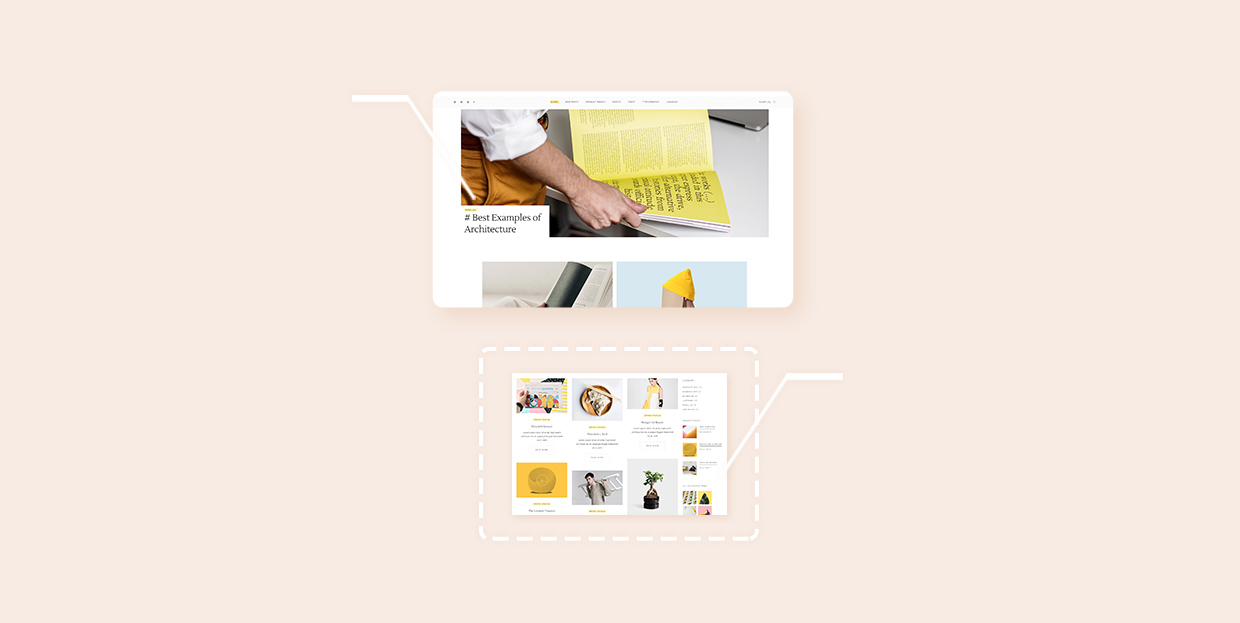
Starting a blog is one of the most rewarding things you can do online. You don’t need to be a particularly good writer to do it. You can get into it without a content plan, a budget, or a whole lot of time, and still reach the people who’ll appreciate whatever you’re offering.
But you can also take the other route. You can invest heavily in a blog with the goal of pulling serious audience numbers. And when the people start showing up, you can benefit from all kinds of opportunities that come with having a large following, including monetization options.
You can get lots of different benefits from blogging, but only if you’re willing to do it the right way from the get-go. When it comes to picking a content management system for a blog, WordPress is the perfect choice. You can set up a WordPress blog in no more than five simple steps — and we’re going to go through every one of them.
So buckle up, as we’re going to show you how to:
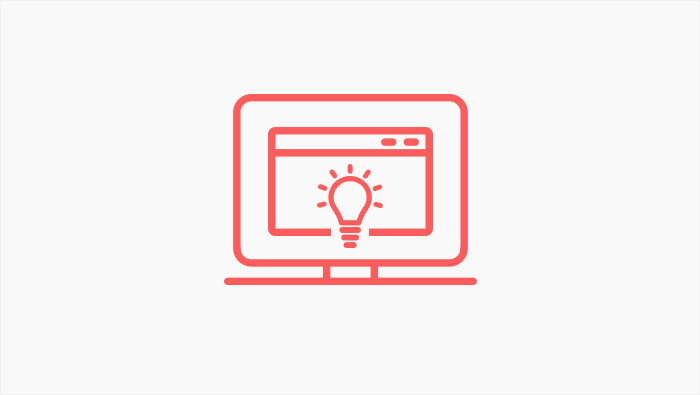
The first step in a new endeavor is usually the hardest, right? Well, luckily for you, the first step towards setting up an awesome WordPress blog doesn’t require you to do anything except think. And you’ll need to make a couple of decisions, too.
There are certain things about your blog you should know well before you start thinking about the technical side of setting it up, let alone actually creating the content. You’ll need to look deep inside and do your best to answer some difficult questions, which include:
-
What niche am I going to write for?
-
What will separate my blog from the competitors’?
-
Who’s going to read my blog?
-
Do I plan to monetize my blog, and if yes, how?
-
If I don’t plan to monetize my blog, what do I expect from it?
-
What am I going to do to promote and grow my blog?
-
Will I be eventually open to third-party postings?
-
What am I going to call my blog?
There’s no definitive list of questions you need to answer beforehand, but you should get the gist of it — it won’t be a good idea to leave important decisions about the nature of the blog for later. Tackle them head-on, and your blog will have a much better start. At the very least, you should figure out the things that will influence your blog the most right out of the gate.
The blog has to live somewhere, and it needs an address. Your best bet would be to find a decent host to house your blog — that’s usually a better idea than self-hosting, i.e. hosting a website on your own computer. As for the address, there are certain dos and don’ts you’d be wise to get acquainted with. Choosing and registering a domain name is very important, so take this step seriously. The choices you make here tend to stick, and you’ll need to put in an extra effort to unstick them.
Pick the Right Hosting Options
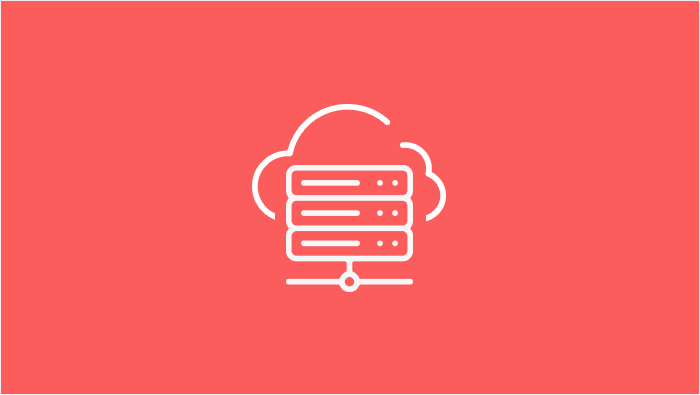
Let’s address one important question right off the bat: you’ll want to use the type of WordPress that requires your website to have a host. You might wonder what’s the difference between WordPress.com and WordPress.org, and you might be tempted to use WordPress.com. But that would be a bad idea for a variety of reasons, including the lack of control over ads displayed with your content. You want the WordPress you can install on a server you choose.
The nature of that server is one of the things you would usually consider when choosing a host. It’s not the only one, of course. If you want to be reasonably thorough, you should at least find out:
-
Which server types does it have available and at which price points?
-
What’s included in the package and how easy it is to scale up/down?
-
What do current and former customers have to say about the host?
-
Who owns your domain name if you register it with them?
You want a stable, reliable host for your blog. If you’re dead set on using WordPress, you can look for a host with a dedicated WordPress hosting option. But you should also remember to plan for the future and see how well your potential host would handle a traffic increase, and at what cost.
Take Care of the Domain Name
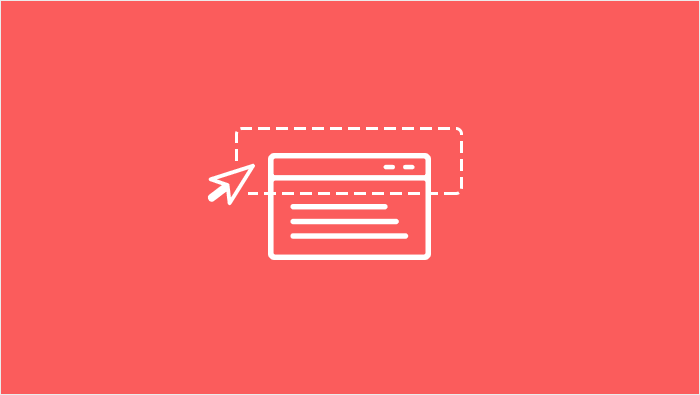
The domain name you choose for your website will follow it… until you decide to change it. But it’s an ordeal, what with all the redirects you have to set up. Domain names aren’t one of the things you should pick on a whim – you should invest enough time into coming up with it to ensure you have a good one.
In general, you must understand a bit more about domain names than just what they are and how to get them. A couple of things you should know are:
-
It’s best to keep domain names reasonably short and as memorable as possible.
-
The best top-level domain for most types of websites, including blogs, is .com.
-
Domain names that are unambiguous when it comes to spelling are better.
-
It would be good to have a name that reflects your niche and is brandable.
-
It’s never a good idea to use an existing brand name for your blog.
The domain name you end up choosing should feel and sound good to you. When you find a couple that fit, you can go ahead and ask your host to check if your top pick is already taken. Most hosts also serve as registrars — entities that will register your domain name for a fee — and they’ll also be to tell you whether the name is taken. Keep working down your list until you find one that’s free, and then pounce on it.
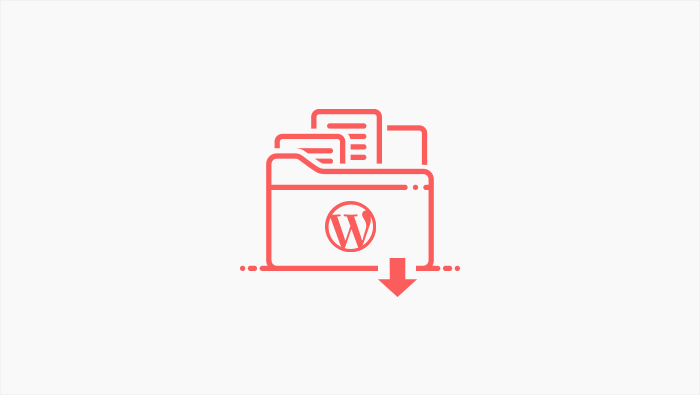
Now that you have taken care of the hosting and your website’s address, you can finally start creating your blog. You’ll start with the installation of WordPress usually. Depending on the type of hosting you chose, your level of involvement with the installation of WordPress can vary.
Some hosts will include WordPress installation in their initial offering. In that case, your blog-to-be will be waiting for you when you’re ready to start populating it with content. Other hosts will have a nifty one-click installer option waiting for you in cPanel, or whatever else they’re using for their back end.
Those are the no-fuss options. If you’re a fan of DIY and don’t mind getting your hands dirty, you can try to install WordPress manually using the famous “five-minute installation.” Here are the broad steps you’ll need to take:
-
Prepare the necessary software. You’ll need the WordPress installation files (unpacked) as well as a File Transfer Protocol (FTP) client such as FileZilla or WinSCP.
-
Create a database on your server. This is something you do from the host’s control panel which you use to access your server, or directly from phpMyAdmin.
-
Create a new user account. The exact process will depend on what you’re using to access your server’s back end.
-
Upload the WordPress files to your server. You’ll use an FTP client for it, and you’ll have to connect your database from the WordPress installation screen.
-
Run the actual five-minute installation. Up until this moment you were setting up all you need for the smooth sailing that is the installation.
By the end of the process, you should be left with a fully functional, if a bit rudimentary and barren, WordPress website that’s ready to display whatever you want to put up on it. Generally, before you start populating it with content, you’ll want to consider customizing its looks and adding a couple of functionalities to it.
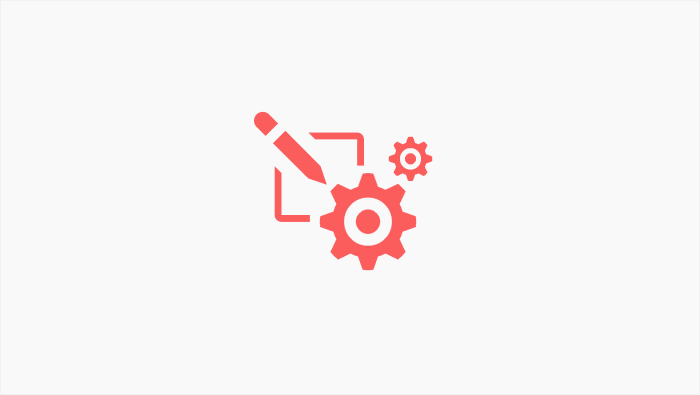
When it comes to tailoring your WordPress blog to whatever you’ve envisioned, you have two things you need to consider. The first is what your website looks like and how it behaves. That’s where you’ll use WordPress themes and WordPress page builders. For additional functionalities, and being able to do things such as monitoring your website’s performance, you’ll have to refer to plugins.
Change How Your Blog Looks with WordPress Themes
The easiest way to understand WordPress themes and their importance is by thinking about themes as bundles of files that, when installed, alter the way your website looks, somewhat alter the way it behaves, and most importantly give you the option to take the alteration process into your own hands.
Themes are often shipped with page builders, which are plugins that allow you to further customize the way a theme looks and behaves. They can include widgets and add-ons that add functionalities to your website. It’s very easy to install WordPress themes. You’ll probably have a harder time deciding which blog or magazine WordPress theme to choose.
Expand What Your Blog Can Do With Plugins
One of the best things about WordPress is that there’s a plugin for everything. Do you want to add a timeline to your blog? Take your pick of WordPress timeline plugins. Want to add a shop to your blog? You can use a plugin for that, as well. Want to use sticky posts to make some of your content stand out? Actually, you don’t need a plugin for that, making sticky posts is a regular WordPress feature.
You can see where this is going, however – a plugin is a way to add something important to your blog, and there’s no limit to the things you can add. That’s not permission to go on a WordPress plugin rampage, however, and download as many of them as you possibly can — that would probably slow down your website to a crawl.
It’s important to choose wisely the plugins you intend to use. For a blog, here is a couple you might want to prioritize getting:
-
Yoast SEO, because SEO is very important for any website, and a blog especially. Alternatively, you can use Rank Math for free and get the same benefits of premium Yoast.
-
Contact Form 7, because sooner or later you’ll want to start building a mailing list. Maybe do it sooner than later, that’s the common wisdom with mailing lists.
-
Jetpack, because it packs everything you need to launch your blog into the stratosphere, from social sharing to image optimization.
-
Google XML Sitemaps, because if a blog has appeared online and Google hasn’t indexed it, did the blog really appear?
With time, you’ll figure out which additional plugins you need for your blog. “Need” being the key word here, remember, because installing plugins you don’t actually need can do more harm than good.
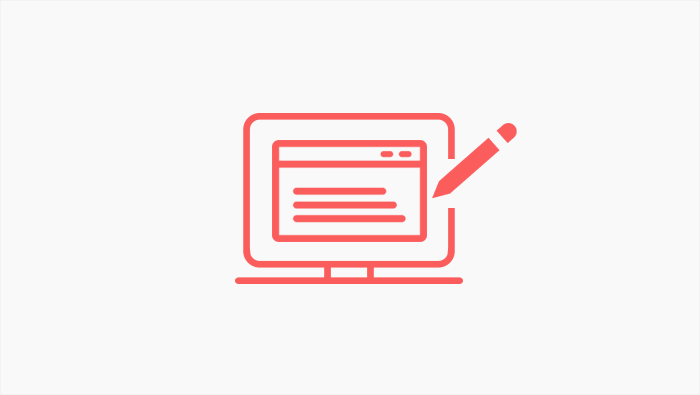
When your blog starts looking like something you’d be proud to be associated with, and when it has all the things you need to govern its growth over the foreseeable future, it’s time to start doing the one thing you’ve wanted to do all along. And that’s — add pages to the blog.
Yup, you’ve read that right, add a page to the blog. Pages and posts are not the same, of course, and blogging is mostly concerned with creating posts. However, every blog will need at least a couple of pages, and you better take care of those first. Some of the useful pages a blog should have include:
-
The “About Us/Me” page — the place where you provide the basic information about you and the blog.
-
A custom Error 404 page — these pages make hitting a wall a fun experience and prevent people from leaving your website.
-
A page for whatever you’re selling — when you start selling things, you’ll need to have a product/service page for your offering.
-
A “Contact Us” page — a page where you can provide your contact information or at least put up contact form.
-
The “Archives” page — a page where people can go to easily access all of the content you ever published on the blog.
-
“Privacy Policy” page — with increased concerns around privacy and online tracking, having a privacy policy and making it available is a must.
-
A “Start Here“ page — a page that showcases the content you’d want new visitors to read first, you should build it even before you have said content. Be ambitious.
And with that, you’ll be ready to start writing your very first blog post. We’ll leave that up to you completely — express yourself the way you want, cover the topics that are close to your heart, and build a community that will support your writing effort.
Or do something else — pick a topic that’s profitable, or controversial, and express it in an experimental way that takes you out of your comfort zone. It’s your blog. You can do whatever you like with it.The only catch with it is that, if you want to have an audience, you have to create content that stands out among all the other content that occupies your niche. So think about the quality and what your audience would expect to read, and always look for ways to give your content a unique spin that people will come to associate with your blog.
Let’s Wrap It Up!
Having a blog is one of the easiest ways to start carving out your own corner of cyberspace. It can be a rewarding experience, or a frustrating one, or one that pays off materially — whatever you make off it.
But to get to the point where you’re thinking up ways to attract an audience or how to monetize the blog, you’ll need to set it up. Hopefully, this article pointed you in the right direction for that — these five steps are indeed simple even if at times they don’t look like that to a novice. So arm yourself with patience and anticipation, and get to setting up your very own WordPress blog!




